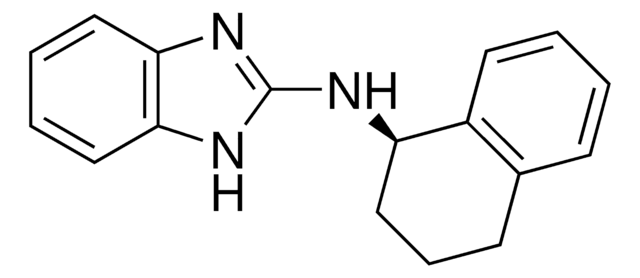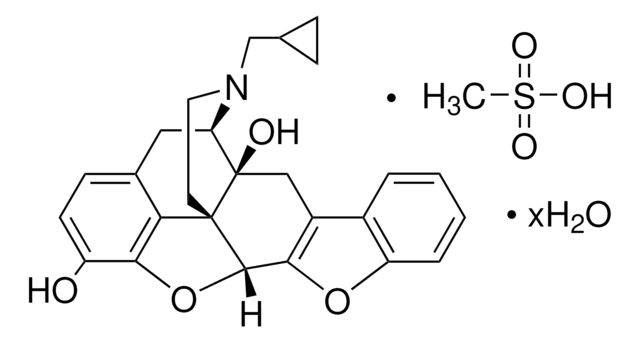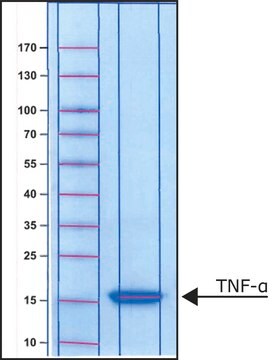Recommended Products
description
Powered by Eupheria Biotech
Quality Level
product line
MISSION®
form
lyophilized powder
esiRNA cDNA target sequence
GCCATCTACCGAAGACACTCATGAAGTAGATTCCAAAGCAGCTTTAATACCGGATTGGTTACAAGATAGACCATCAAACAGAGAAATGCCATCTGAAGAAGGAACATTAAATGGTCTCACTTCTCCATTTAAGCCAGCTATGGATACAAATTACTATTATTCAGCTGTGGAAAGAAATAACTTGATGAGGTTATCACAGAGCATTCCATTTACACCTGTGCCTCCAAGAGGGGAGCCTGTCACAGTGTATCGTTTGGAAGAGAGTTCACCCAACATACTAAATAACAGCATGTCTTCTTGGTCACAACTAGGCCTCTGTGCCAAAATAGAGTTTTTAAGCAAAGAGGAGATGGGAGGAGGTTTACGAAGAGCTGTCAAAGTACAGTGTACCTGGTCAGAACATGATATCCTCAAATCAGGGCATCTT
Ensembl | human accession no.
NCBI accession no.
shipped in
ambient
storage temp.
−20°C
Gene Information
human ... TRPM7(54822) , TRPM7(54822)
General description
For additional details as well as to view all available esiRNA options, please visit SigmaAldrich.com/esiRNA.
Legal Information
Storage Class
10 - Combustible liquids
flash_point_f
Not applicable
flash_point_c
Not applicable
Choose from one of the most recent versions:
Already Own This Product?
Find documentation for the products that you have recently purchased in the Document Library.
Global Trade Item Number
| SKU | GTIN |
|---|---|
| EHU015291-20UG | 4061828676811 |
| EHU015291-50UG | 4061828451517 |
Our team of scientists has experience in all areas of research including Life Science, Material Science, Chemical Synthesis, Chromatography, Analytical and many others.
Contact Technical Service








